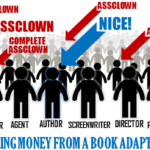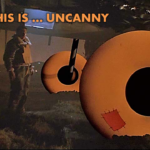
 An ubiquitous theme in art criticism is novelty.
An ubiquitous theme in art criticism is novelty.
Critics often praise artwork—painting, music, films, books—for “breaking new ground” or being innovative, while they condemn others for being cliché, formulaic, or “predictable.” Transgression and experimentation are seen as virtues in themselves, without necessary reference to any other artistic value, any explicit goal, or social good.
In the same way, anything familiar is condemned as vulgar convention.
To the chagrin of these critics (or perhaps to their smug satisfaction) the art they praise for its novelty and alleged “courage” is often ignored or openly despised by the general population, while the art they pan as “hackneyed” is often insanely popular. And when these critics also happen to champion humanism or the interests of The People, the irony seems lost on them when the real-life humans who make up The People hate the art they idealize.
What’s going on here?
Simple: the aesthetic ideals of these critics are completely out of whack with human reality.
The real question? Is innovation a meaningful, mature measure of value in art or, particularly, in literature?
Continue reading →
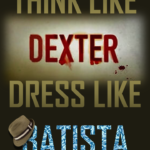
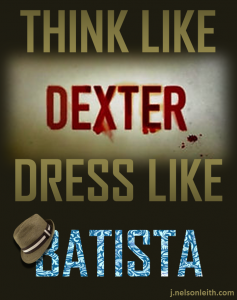 During the final season (ongoing!) of the Showtime series Dexter, former police lieutenant Deb Morgan goes to work for a private eye and former cop named Jacob Elway. Elway’s dad, a rich oilman, did not support his choice to become a police detective; he waited until his dad died and invested the inheritance to start a private investigations firm.
During the final season (ongoing!) of the Showtime series Dexter, former police lieutenant Deb Morgan goes to work for a private eye and former cop named Jacob Elway. Elway’s dad, a rich oilman, did not support his choice to become a police detective; he waited until his dad died and invested the inheritance to start a private investigations firm.
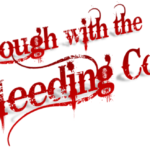
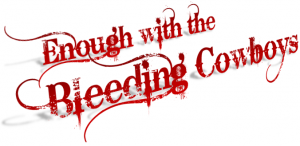
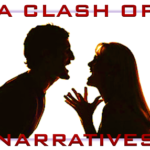
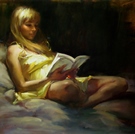

 An ubiquitous theme in art criticism is
An ubiquitous theme in art criticism is 